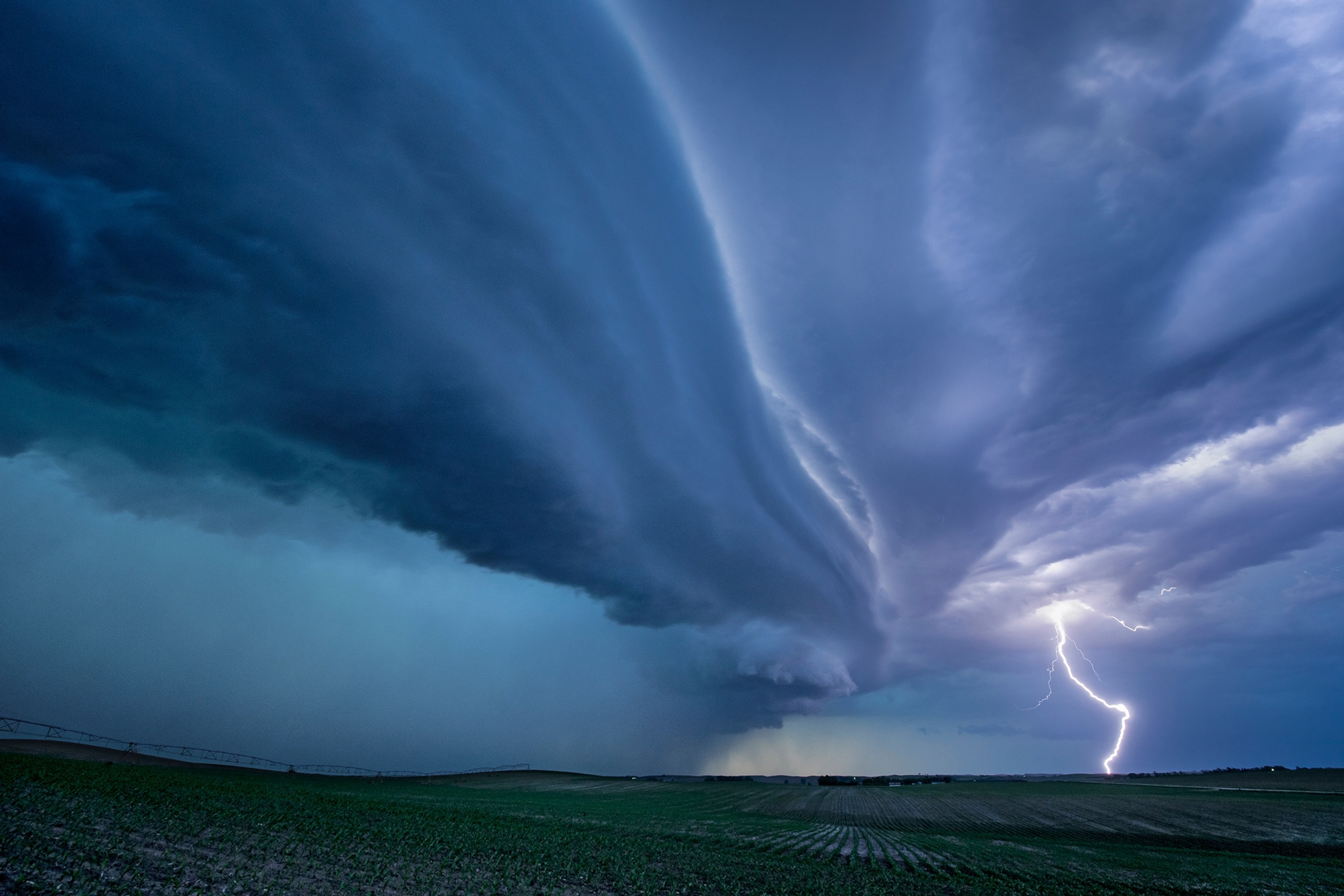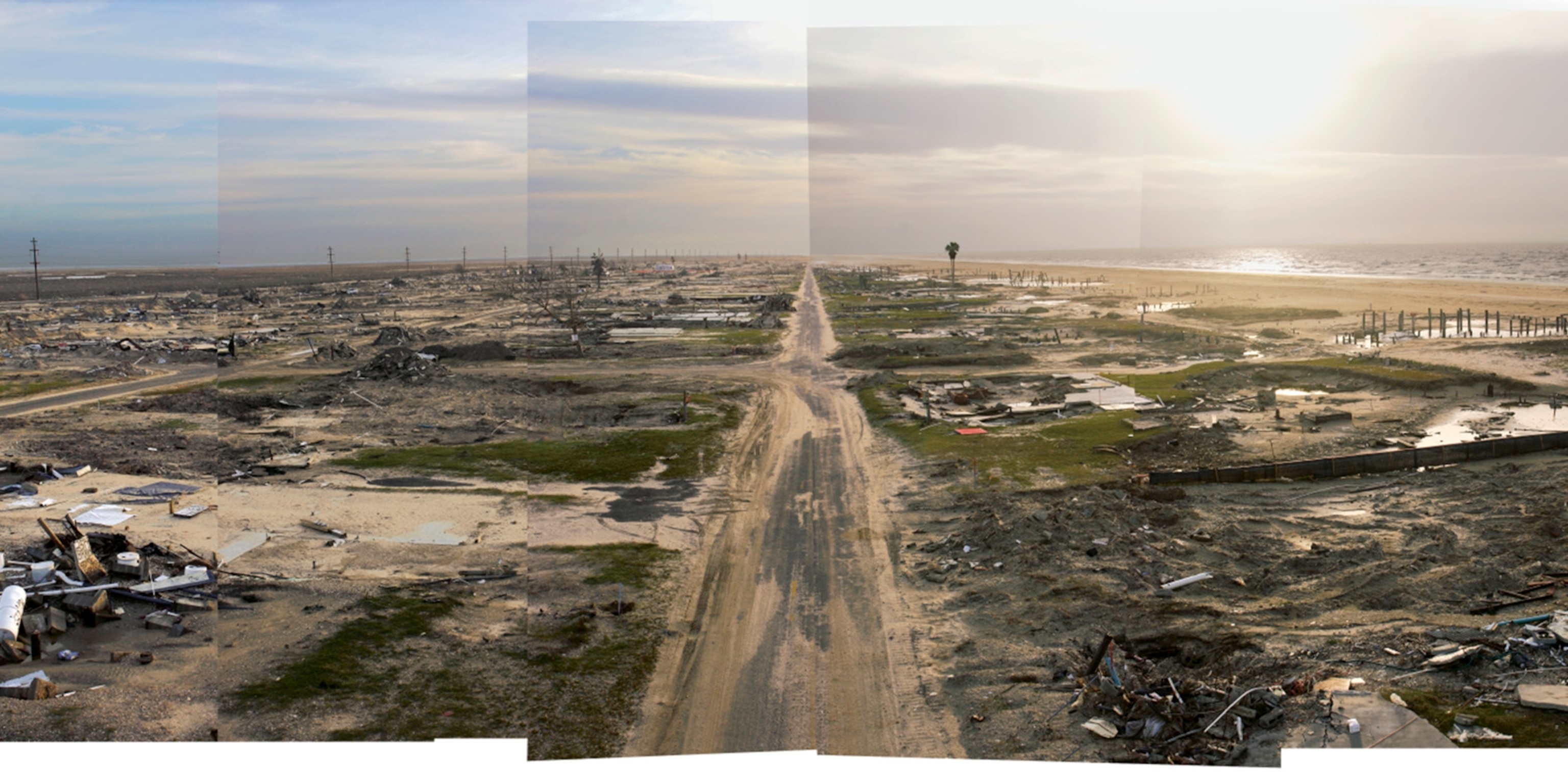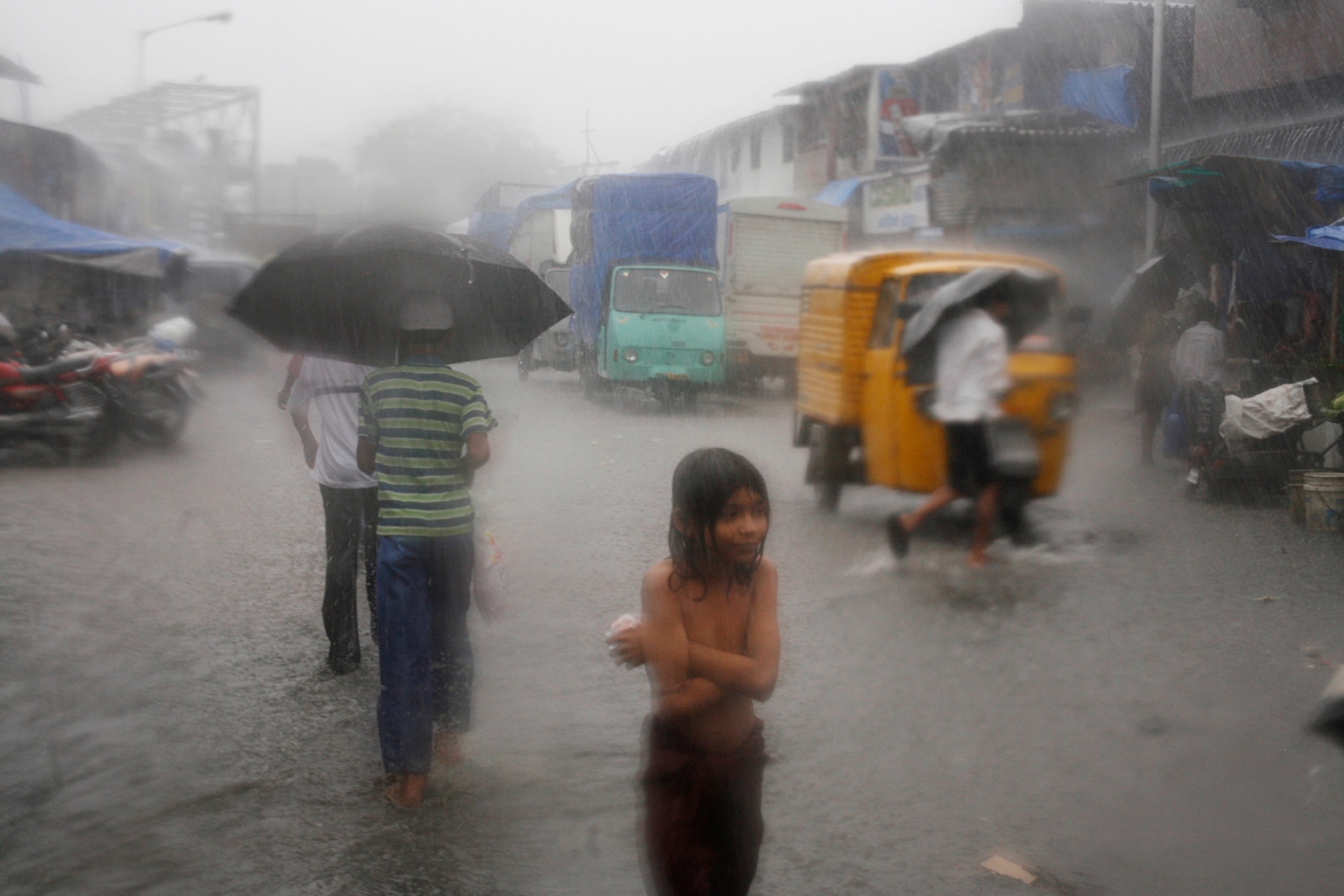
143 Million People May Soon Become Climate Migrants
Climate change will drive human migration more than other events, a new report warns. But the worst impacts can be avoided.
Climate change will transform more than 143 million people into “climate migrants” escaping crop failure, water scarcity, and sea-level rise, a new World Bank report concludes.
Most of this population shift will take place in Sub-Saharan Africa, South Asia, and Latin America—three “hot spots” that represent 55 percent of the developing world’s populations.
This worst-case scenario is part of a ground-breaking study focused on the impacts of slow-onset climate, as opposed to more visibly dramatic events such as extreme storms and flooding. The report, Groundswell—Preparing for Internal Climate Migration, also shifts the focus from cross-border migration, which has drawn global attention as refugees and migrants flee war, poverty and oppression, to in-country migration, which involves many more millions of people on the move in search of viable places to live. The 143 million represent 2.8 percent of the three regions’ population.
Sea-level rise is already prompting the migration of people from Pacific and Oceania island chains and low-lying coastal areas that flood regularly, and areas suffering extreme drought has sent others in search of sustainable farmland. Much of the coming migration will shift populations of people over the next three decades from rural areas to urban areas. Not surprisingly, the poorest people in the poorest countries will be hardest hit, the report finds.
The study’s authors say there is still reason for optimism: if the world acts in time to reduce greenhouse gas emissions and engages in “robust development planning,” the flood of “climate migrants” could be reduced by 80 percent to a mere 40 million people.
“We have a small window now, before the effects of climate change deepen, to prepare the ground for this new reality,” Kristalina Georgieva, the World Bank chief executive officer, said in a statement. “Steps cities take to cope with the upward trend of arrivals from rural areas and to improve opportunities for education, training and jobs will pay long-term dividends.” (See 100 practical ways to reverse climate change.)
3 Case Studies
The report profiled three countries as case studies—Ethiopia, Bangladesh and Mexico—and warns that fast-growing cities will have to diversify economically and create climate-resilient jobs to successfully absorb population growth.

There are exceptions. Declining rainfall in Ethiopia’s northern highlands, for example, may drive people out of the country in search of new areas where they can grow rainfed crops. And lack of rainfall in Addis Ababa, Ethiopia’s largest city, may slow its growth.
Alternatively, sea-level rise and storm surges will prompt growth in the major cities of Bangladesh, including the capital city of Dhaka. Bangladesh, the study predicts, will experience greater shifts and changes to population from climate change than any other event.
Mexico, the wealthiest of the trio profiled, is less vulnerable to climate change and better prepared than Ethiopia and Bangladesh. But “it needs to pay close attention to pockets of poverty,” the study’s authors found. The central plateau around Mexico City and Guatemala City, which may offer better climate conditions, may attract climate migrants.
But there’s not a lot of time to act. Without cuts to greenhouse gases and other preparations, climate migration will most likely rise through 2050, the authors find, and then accelerate.
See Photos of Extreme Weather













Related Topics
You May Also Like
Go Further
Animals
- Fireflies are nature’s light show at this West Virginia state parkFireflies are nature’s light show at this West Virginia state park
- These are the weird reasons octopuses change shape and colorThese are the weird reasons octopuses change shape and color
- Why young scientists want you to care about 'scary' speciesWhy young scientists want you to care about 'scary' species
- What rising temperatures in the Gulf of Maine mean for wildlifeWhat rising temperatures in the Gulf of Maine mean for wildlife
- He’s called ‘omacha,’ a dolphin that transforms into a man. Why?He’s called ‘omacha,’ a dolphin that transforms into a man. Why?
Environment
- What rising temperatures in the Gulf of Maine mean for wildlifeWhat rising temperatures in the Gulf of Maine mean for wildlife
- He’s called ‘omacha,’ a dolphin that transforms into a man. Why?He’s called ‘omacha,’ a dolphin that transforms into a man. Why?
- The northernmost flower living at the top of the worldThe northernmost flower living at the top of the world
- This beautiful floating flower is wreaking havoc on NigeriaThis beautiful floating flower is wreaking havoc on Nigeria
- What the Aral Sea might teach us about life after disasterWhat the Aral Sea might teach us about life after disaster
History & Culture
- Scientists find evidence of ancient waterway beside Egypt’s pyramidsScientists find evidence of ancient waterway beside Egypt’s pyramids
- This thriving society vanished into thin air. What happened?This thriving society vanished into thin air. What happened?
Science
- Why pickleball is so good for your body and your mindWhy pickleball is so good for your body and your mind
- Extreme heat can be deadly – here’s how to know if you’re at riskExtreme heat can be deadly – here’s how to know if you’re at risk
- Why dopamine drives you to do hard things—even without a rewardWhy dopamine drives you to do hard things—even without a reward
- What will astronauts use to drive across the Moon?What will astronauts use to drive across the Moon?
- Oral contraceptives may help lower the risk of sports injuriesOral contraceptives may help lower the risk of sports injuries
- How stressed are you? Answer these 10 questions to find out.
- Science
How stressed are you? Answer these 10 questions to find out.
Travel
- How to make perfect pierogi, Poland's famous dumplingsHow to make perfect pierogi, Poland's famous dumplings
- The best long-distance Alpine hike you've never heard ofThe best long-distance Alpine hike you've never heard of
- Fireflies are nature’s light show at this West Virginia state parkFireflies are nature’s light show at this West Virginia state park
- How to explore the highlights of Italy's dazzling Lake ComoHow to explore the highlights of Italy's dazzling Lake Como
- Going on a cruise? Here’s how to stay healthy onboardGoing on a cruise? Here’s how to stay healthy onboard




